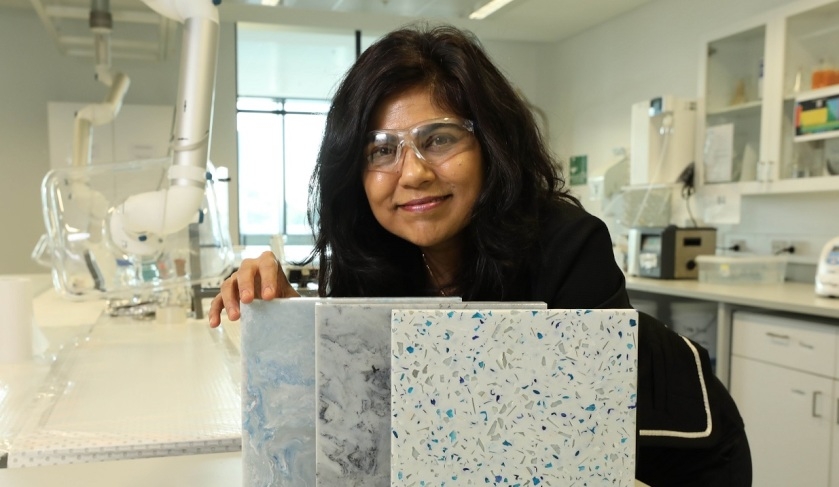Cheaper renos, builds on the cards as new study kicks off
Researchers at a top Australian university have revealed the future of building materials looks set to lie in household waste which could be a cheaper, more sustainable option for property investors.

The University of NSW have been lab testing materials like old clothing and mixed waste glass, to turn them into materials which have the appearance of wood veneer or ceramic.
They are yet to undergo formal regulatory assessment, but paint a picture of what the future looks like for investors who are looking to build, buy or renovated.
“As with all these sorts of scientific developments and new technology, it’s often the case that there really needs to be a collaboration between the researchers, government and industry to bring about a commercialisation of the technology,” a spokesperson for the university said to Smart Property Investment.
“In some cases, industry itself just doesn’t want to take that on and invest in that and take on that risk, so we’re very keen for government to get behind these breakthroughs to help industry take up a new technology and clearly there’s lots of advantages for doing so.
“Are we ready for it yet at scale? No, unfortunately, and that’s where we need industry to step in and government as well to help incentivise industry.”
What does this mean for investors?
The end result of this research would be to allow people like property investors and developers who are undergoing renovations or constructing new properties to be able to use sustainable products in their process.
“What we can tell from our early research [is] that they will be cost effective once it gets to scale, so it would be great for property investors and developers to be able to choose these sorts of products and help with greater sustainability, which we obviously clearly need on our Earth,” the spokesperson said.
The research was led by Professor Veena Sahajwalla, director of UNSW’s Centre for Sustainable Materials Research and Technology, with the aim of cutting back on waste and unsustainable landfill problems.
“It could be said that consumers and the fashion industry have a lot to answer for, given that clothing is now one of the biggest consumer waste streams, with 92 million tons estimated to be thrown out a year globally,” Ms Sahajwalla said.
“The clothing and textiles industry is the second most polluting sector in the world, accounting for 10 per cent of the world's total carbon emissions.”
